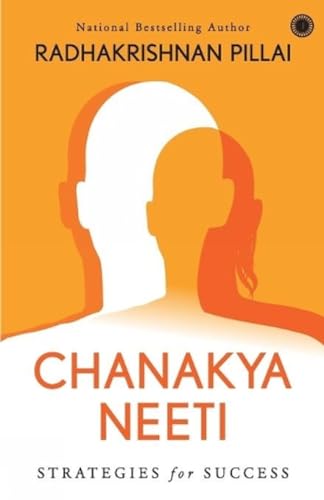Preface
India, known as Bharat in her oldest traditions, is a land where temples are not mere structures of stone and mortar, but living custodians of collective memory, faith, and civilization. Yet, the story of their protection is far from triumphant. For decades, the Archaeological Survey of India (ASI), the institution tasked with preserving our ancient monuments under the Ministry of Culture, has come under sustained scrutiny for its inability to arrest the slow, visible decay of the country’s temple heritage.
This book, “Protecting the Divine: Law, Temples, and Heritage under the AMASR Act,” was conceived against a backdrop of public debates, legal tussles, and anguished voices from temple towns, village councils, and scholarly forums. The issue is not only administrative: it is civilizational.
Despite the lofty promises of the Ancient Monuments and Archaeological Sites and Remains (AMASR) Act, 1958, repeated failures arise on the ground. High courts and even the Supreme Court of India have, time and again, censured the ASI for its neglect of sanctified spaces, for bureaucratic apathy leading to theft, unauthorized encroachments, and dilapidation of sacred shrines that have stood for millennia. Reports by Parliamentary Committees, like the recent Select Committee Report on the AMASR Amendment Bill, 2018, have unambiguously highlighted the institutional weaknesses, the lack of technical expertise, and, at times, the remarkable indifference of the ASI bureaucracy in its stewardship of the nation’s temple legacy.
Echoing the despondency voiced in diverse corners, be it the custodians of neglected Hindu shrines in the deep South, the Buddhist and Jain sanghas whose ancient viharas crumble in rural hinterlands, or tribal communities whose nature-worshipping sites go unrecognized, the reality remains: the spirit of Bharat’s sacred geography finds peril, not protection, in current regimes of heritage administration.
This book offers a critical review of the AMASR Act through the lens of temple jurisprudence, with a strong focus on how legal and administrative shortcomings continue to endanger India’s living temple tradition. Drawing from government records, testimony before legislative committees, Supreme Court judgments, and the emergent works of contemporary scholars, the analysis does not shy away from confronting uncomfortable truths: the under-reporting of temple thefts, the maze of permissions that paralyze conservation, and the persistent sidelining of community voices in decision-making processes.
A comparative perspective with international best practices reveals that India lags significantly in both vision and execution. Where other ancient civilizations celebrate and robustly defend their enduring places of worship, Bharat’s systems remain mired in outdated legislation, overstretched resources, and, at worst, a lack of pride in its own civilizational greatness.
But this narrative is not a funeral song. It is an urgent call to introspection and reform of a road map for reclaiming India’s divine patrimony. The book concludes with recommendations for a revived, community-empowered, and culturally sensitive approach to heritage management. The divine deserves more than token protection; it demands a legal and administrative will befitting the living soul of Bharat.

Image credit: https://x.com/GemsOfINDOLOGY




